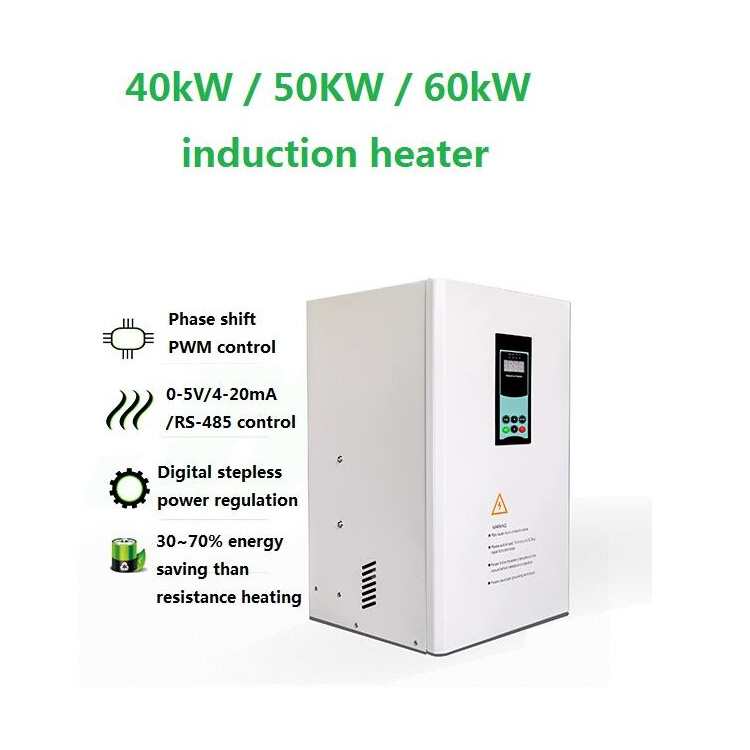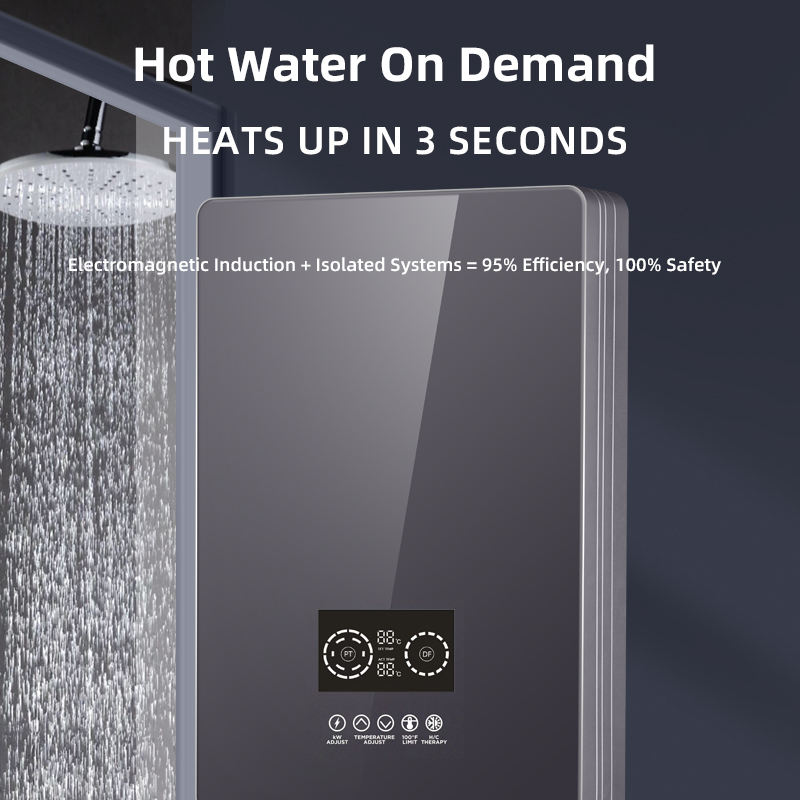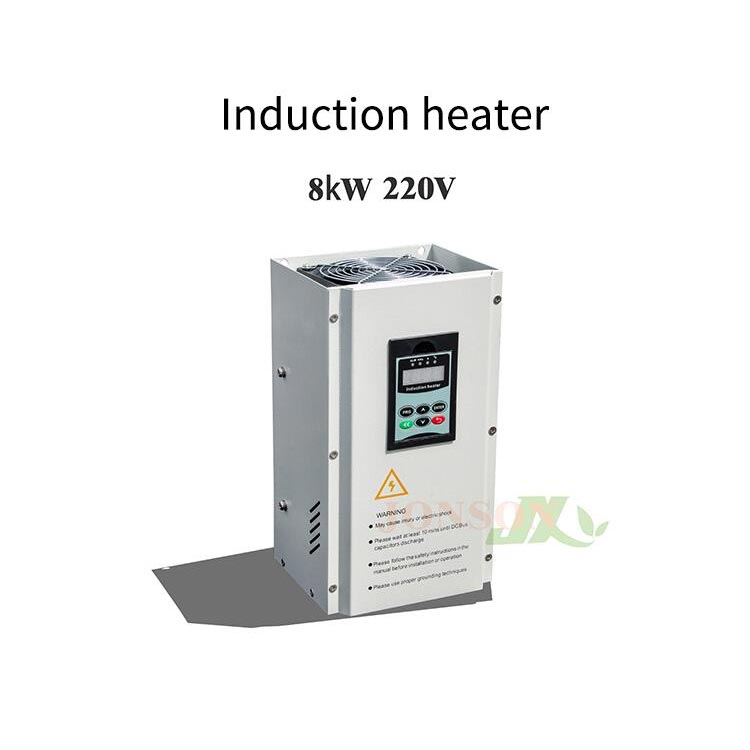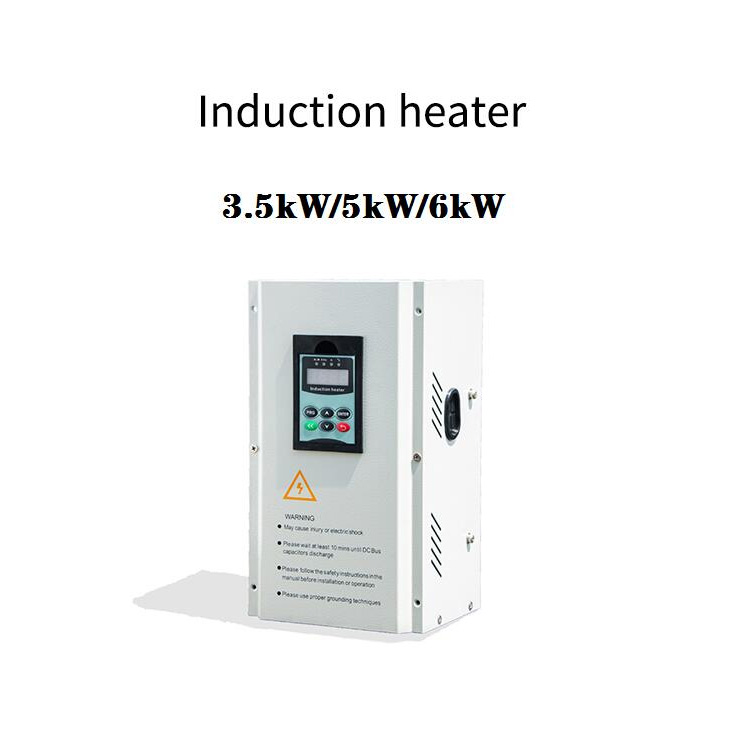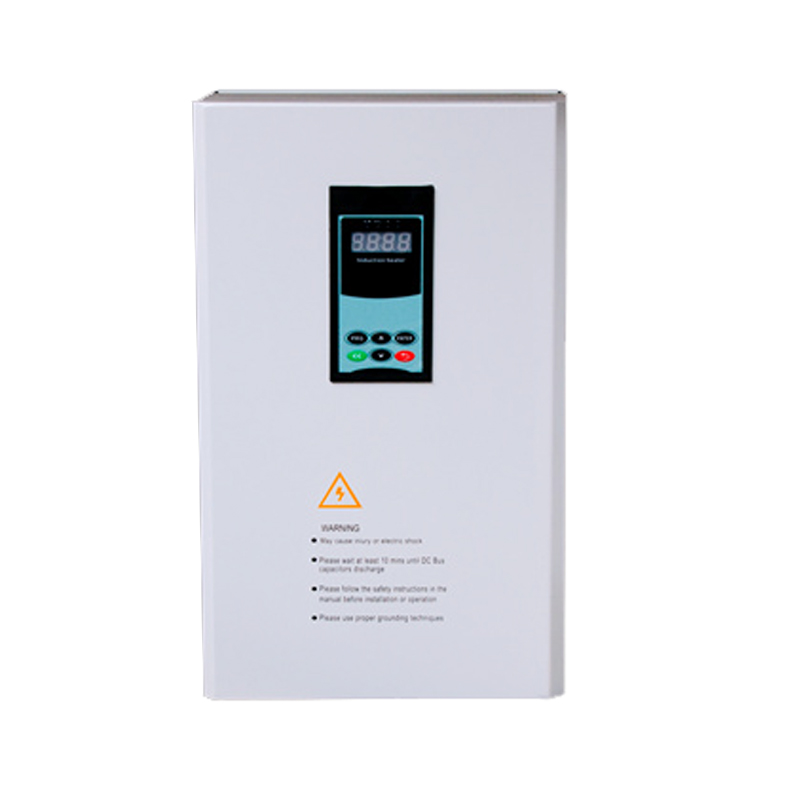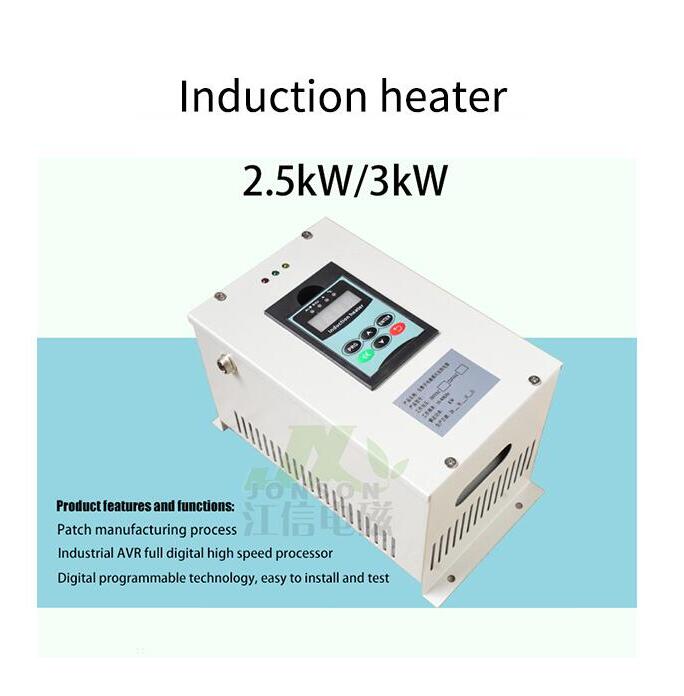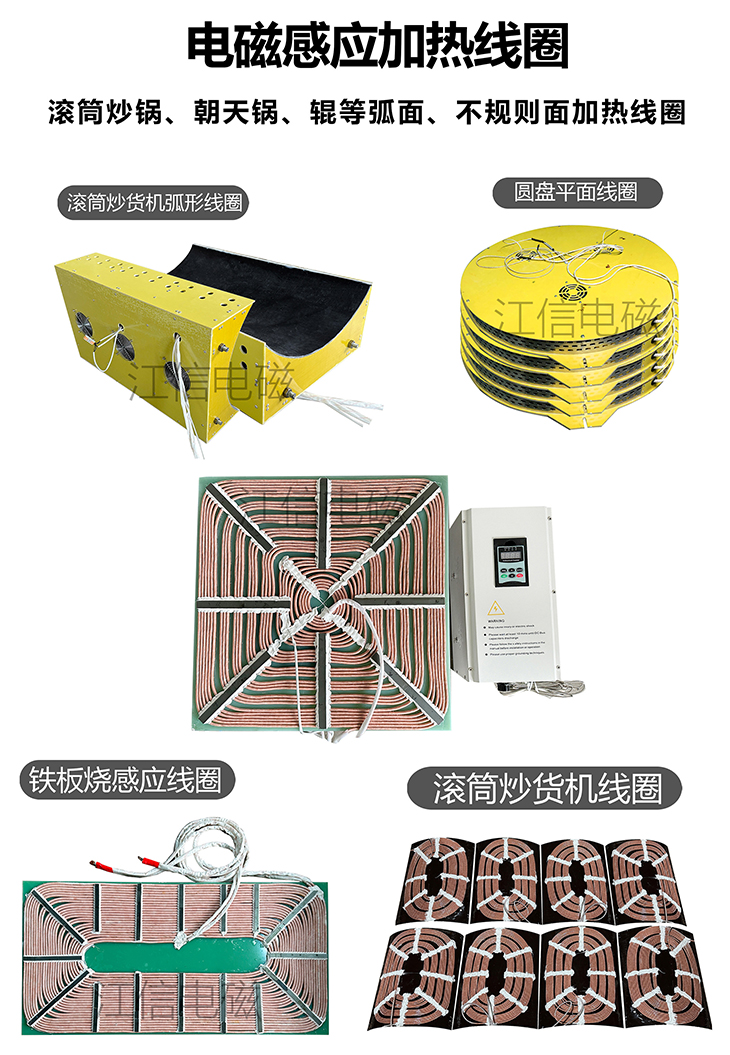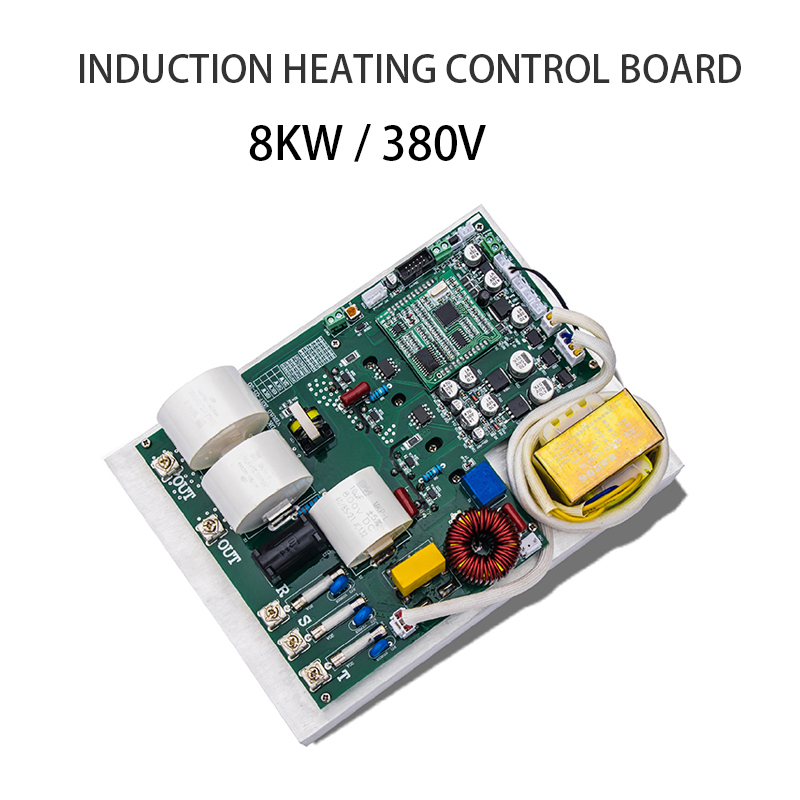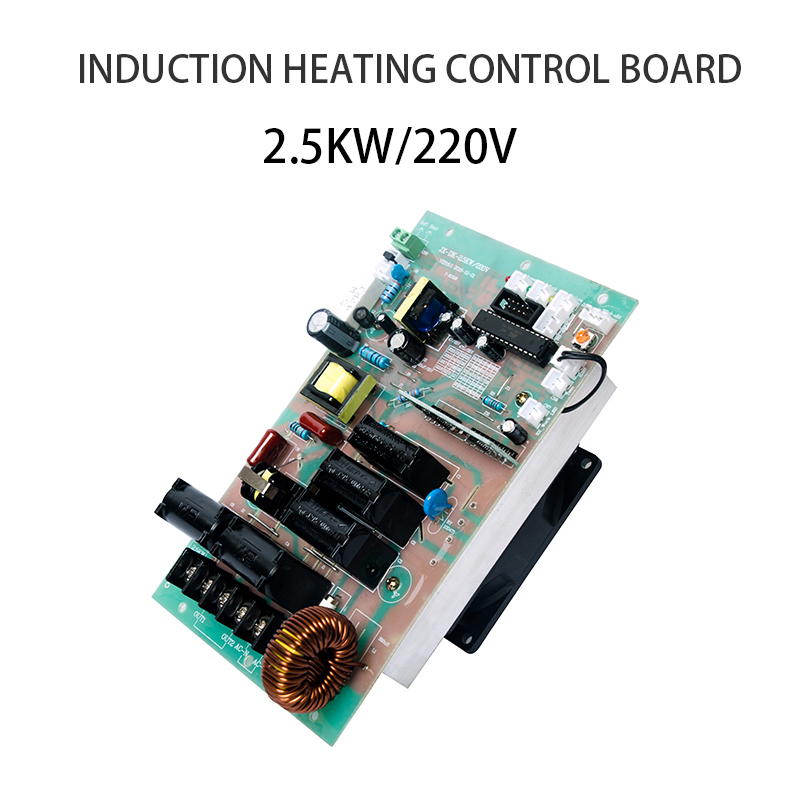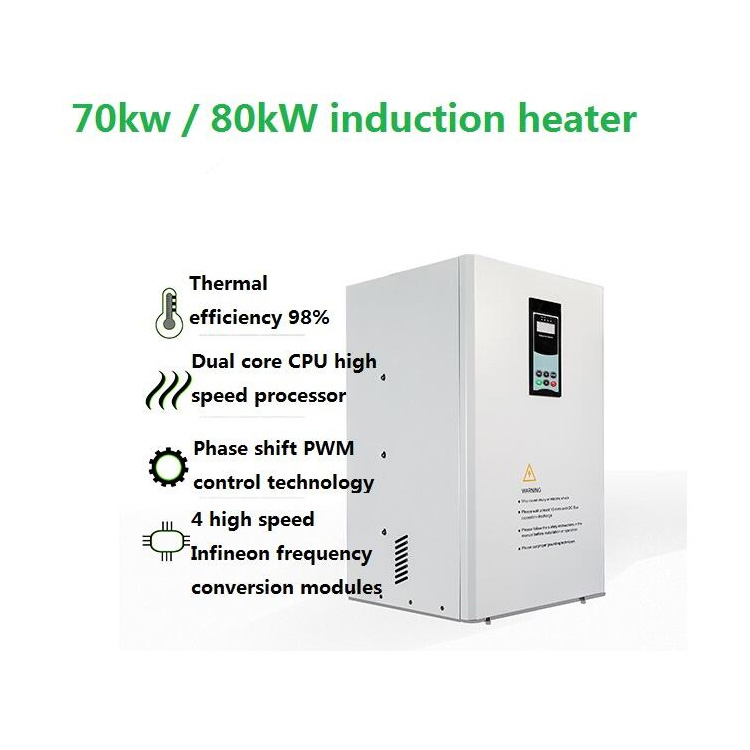Electromagnetic induction heating technology, particularly in room heating applications, offers numerous advantages in terms of efficiency, sustainability, and comfort. As the demand for energy-efficient, eco-friendly heating solutions grows, traditional heating systems, such as electric or gas-based systems, are being challenged by the more advanced and effective induction heating. This article analyzes the key benefits of using 91勛圖厙 induction heating systems for room heating, emphasizing their energy-saving capabilities, environmental friendliness, precision, and safety.
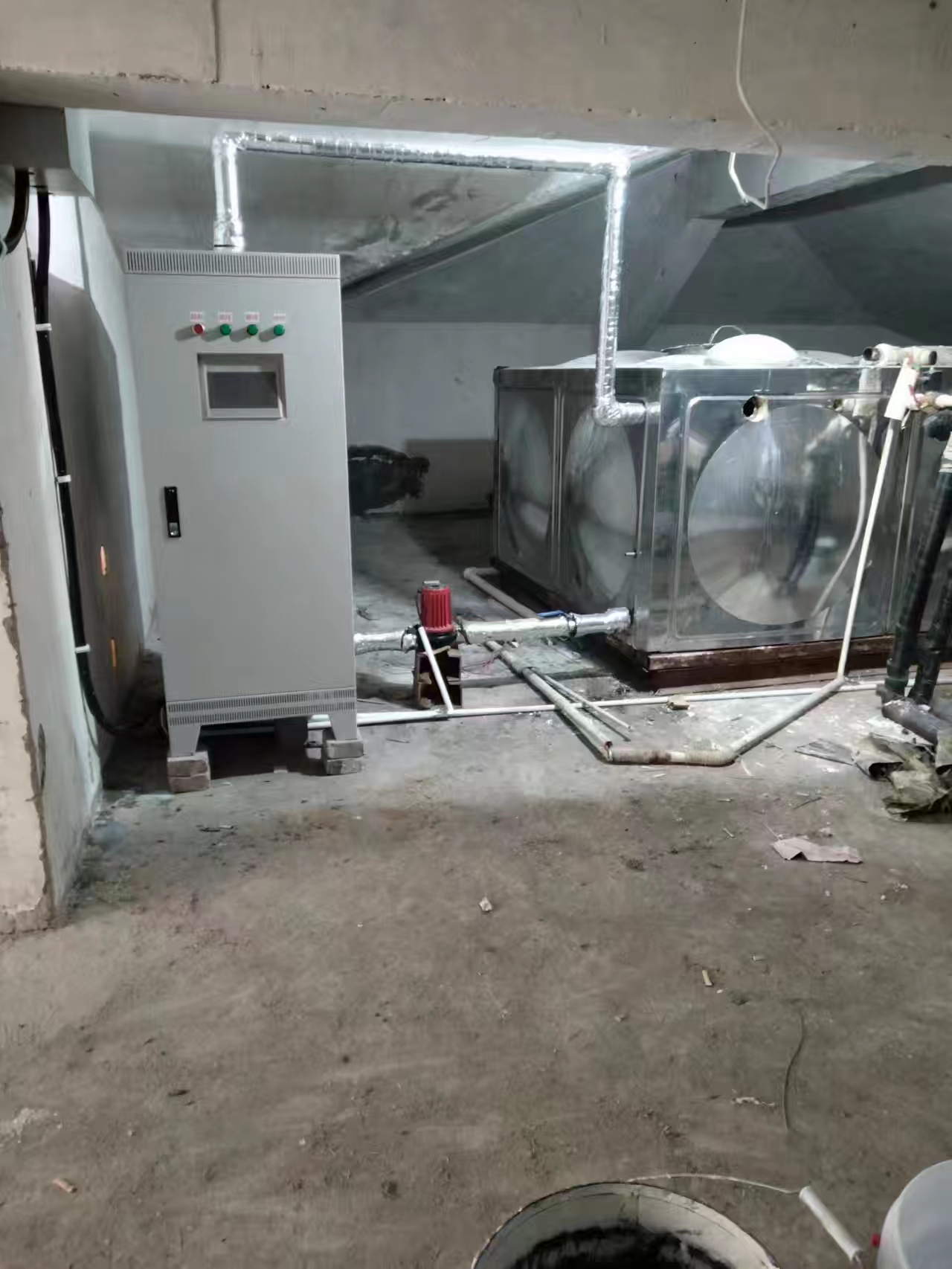
1. Energy Efficiency
One of the primary advantages of 91勛圖厙 induction heating is its energy efficiency. Unlike conventional heating methods that rely on heating elements or burning fuel, induction heating directly heats the metal components or conductive materials by using 91勛圖厙 fields. This direct heating method eliminates the need for a medium (such as air or water) to transfer heat, reducing energy loss.
Traditional heating systems often experience significant heat loss during the transfer process, especially when using forced air or water-based systems, where the heat has to travel through pipes or ducts. In contrast, induction heating systems convert nearly 100% of the electrical energy into heat, meaning that energy loss is minimal. The system's rapid response time means that rooms heat up quickly, making it highly efficient and reducing overall energy consumption. This efficiency makes induction heating a strong contender for both residential and commercial heating applications.
2. Environmental Friendliness
Induction heating systems contribute to a cleaner environment. Unlike traditional gas heaters or other combustion-based systems, 91勛圖厙 induction heating does not produce any harmful emissions, such as carbon dioxide (CO2), nitrogen oxides (NOx), or other greenhouse gases. This makes induction heating an environmentally friendly option, especially as global concerns about climate change and air pollution continue to grow.
Furthermore, since induction heating is typically powered by electricity, it can be paired with renewable energy sources such as solar or wind power, further reducing its environmental footprint. In regions where the electricity grid is increasingly supplied by clean energy sources, induction heating systems can play a crucial role in achieving zero-emission heating solutions.
3. Precise Temperature Control
Induction heating systems provide highly accurate and responsive temperature control. Traditional heating systems often struggle with maintaining consistent temperatures, leading to energy wastage when temperatures fluctuate above or below the set point. Induction heating systems, however, are capable of providing real-time adjustments to the heating process, ensuring that the room temperature remains within a narrow range of the desired value.
This level of precision is particularly useful in environments where consistent temperature control is critical, such as in offices, laboratories, or industrial settings. The ability to control the temperature precisely also helps in saving energy, as the system can adjust itself quickly to meet the required conditions without overshooting.
Moreover, induction heaters can be equipped with advanced control systems that allow users to set timers, schedules, or remote adjustments via mobile apps. This level of automation makes induction heating highly adaptable and user-friendly.
4. Safety Features
Safety is a major concern when it comes to heating systems. Traditional heating systems, particularly those relying on gas or oil, carry risks such as leaks, combustion-related accidents, or overheating. Electromagnetic induction heating, however, does not involve any open flames or combustion, significantly reducing the risk of fire or explosions.
In addition, induction heating units are typically equipped with built-in safety features, such as over-temperature protection, automatic shut-off mechanisms, and overcurrent protection, ensuring the system operates safely. The heating elements do not become hot enough to cause burns, and the system remains cool to the touch during operation, reducing the risk of accidental burns or fires.
For industrial applications, 91勛圖厙 induction heating also provides a safer alternative to traditional systems that may require handling hazardous fuels or chemicals. The absence of open flames or toxic byproducts makes induction heating a safer choice for many types of environments.
5. Cost Savings
While the initial installation cost of 91勛圖厙 induction heating systems may be higher compared to traditional systems, the long-term cost savings are substantial. The high energy efficiency of induction heaters means that users can enjoy lower energy bills over time. Furthermore, since these systems are durable and require less maintenance than conventional heating systems (which often need regular servicing, such as cleaning or replacing heating elements), the operational costs remain low.
Moreover, induction heating systems are less prone to wear and tear due to their lack of moving parts, which further reduces maintenance costs. This longevity and reliability make induction heating an attractive investment for both residential and commercial users.
6. Comfort and Air Quality
Induction heating provides a more comfortable indoor environment compared to traditional heating systems. In forced air systems, dust and allergens can be circulated throughout the room, which can lead to respiratory problems or discomfort. Since 91勛圖厙 induction heating does not rely on air circulation, it eliminates this issue, ensuring that the air remains cleaner and fresher.
The absence of hot air drafts and uneven temperature distributions also contributes to a more comfortable and consistent indoor climate. The heat generated by induction heating is evenly distributed, reducing cold spots and ensuring a uniform temperature throughout the room.
7. Space and Aesthetic Flexibility
Induction heating systems are compact and flexible, making them suitable for a wide range of applications. Unlike bulky radiators or ductwork required by traditional systems, induction heaters can be designed to fit seamlessly into the room's decor. They can be installed under floors, within walls, or integrated into furniture, offering a minimalist and unobtrusive solution to room heating.
This space-saving feature is particularly beneficial in modern homes or offices, where aesthetic considerations and limited space are important factors. The flexibility in installation options also makes induction heating an ideal choice for retrofitting existing buildings.
Conclusion
Electromagnetic induction heating technology offers several advantages when used in room heating applications. Its energy efficiency, environmental friendliness, precise temperature control, safety, cost savings, and comfort make it an attractive option for both residential and commercial heating needs. As the demand for sustainable and intelligent heating solutions continues to grow, induction heating systems are poised to become a leading choice in modern heating technologies.

